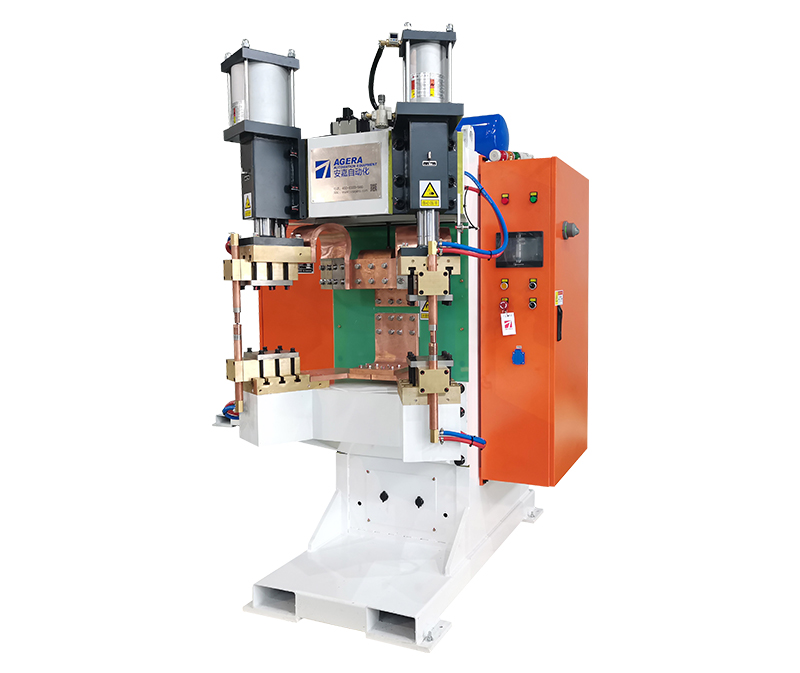In the realm of welding, there are moments of uncertainty that can perplex even the most experienced professionals. One such situation arises when a nut spot welder encounters an everyday, run-of-the-mill nut. Can you weld it? What should be your course of action? These questions might puzzle you, but fear not, for we’re here to shed light on this conundrum.
The Nut Welding Conundrum
Nut spot welding, a widely used technique in various industrial applications, is designed to fuse nuts to metal surfaces securely. However, it is crucial to understand that this method is specifically tailored for weld nuts – nuts that are designed for welding purposes. These weld nuts have small projections or flanges that allow for a robust and stable weld. When you attempt to weld a standard, non-weld nut, complications can arise.
Can You Weld a Regular Nut?
The short answer is, technically, you can weld a regular nut, but it’s not advisable, and here’s why. Regular nuts lack the necessary features like flanges or projections that weld nuts have. This absence of designated welding features makes the welding process less reliable, potentially leading to weaker welds.
When you weld a standard nut, the molten metal might not create a strong bond with the nut’s smooth surface. The absence of those welding-specific features means that the nut may not hold securely, posing significant risks in applications where structural integrity and safety are paramount.
What to Do When You Encounter a Regular Nut
If you find yourself in a situation where you must weld a regular nut due to lack of weld nuts, there are steps you can take to make the process more viable:
- Surface Preparation: Ensure that the metal surface is clean and free from any contaminants, as this can improve the weld’s adhesion.
- Welding Technique: Use a careful and precise welding technique to increase the chances of a strong bond. This might involve additional weld passes or adjustments to your welding parameters.
- Testing: After welding, it’s essential to subject the joint to rigorous testing to confirm its integrity. This may include destructive and non-destructive testing methods to ensure the weld’s strength and reliability.
- Consider Weld Nuts: Whenever possible, it’s best to use weld nuts designed for this specific purpose to guarantee the highest level of weld quality and security.
In conclusion, while it is technically possible to weld a regular nut using a nut spot welder, it’s not the recommended course of action due to the potential risks associated with weaker welds. When you find yourself in such a situation, proceed with caution, follow best practices, and consider using weld nuts for the most secure and reliable results. Safety and quality should always be at the forefront of any welding operation, and using the right components is a crucial part of achieving this goal.
Post time: Oct-20-2023



